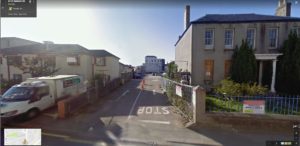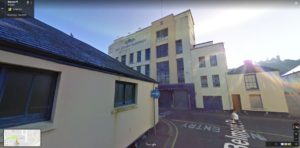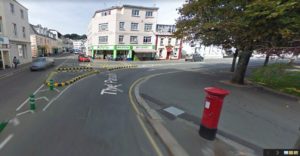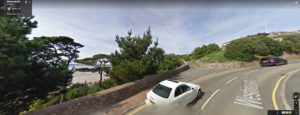In 1873 the Société Jersiaise was formed as a museum and library for all types of records, photos, monuments and buildings. A significant amount of their library is photographic, as a form of recording in a documentary style. Over the last 140 years they have accumulated over 100,000 photos of the island, especially in the late 19th early 20th century when photographers such as Percy Dunham.
there is very little information about Percival Dunham was before 1911 when he came to the island, so his birth marriage and baptism are unknown. He is known as Jersey’s first photojournalist and took over 1,000 photos during a very brief period (1913-14). He had a photography business at 57 bath street when he arrived in the island and had already taken photos for events such as the Battle Of Flowers. He worked for different local publishers (illustrated weekly and the morning news) and eventually The Evening Post who in the years leading up to the war had not used photographs in their papers. Before Dunham the only photos published in the local papers were portraits or promotional for advertisers. In 1914 he left the island to serve in the 1st world war as a gunner. He survived the war and returned to Jersey, where he had married Miss M Mourant at St Simon’s Church and lived until 1961.
His work has been desplayed in an exhibition at the jersey art centre which contained 40 images. Over 1,000 of his photographs are stored at the Société Jersiaise some of which can be viewed on their website. His photographs show Jersey life leading up to and after the first world war which was a huge even which shaped and effected the island. His style of photojournalism which captured people in a candid style was very new at the time which made his photos different and recognisable.
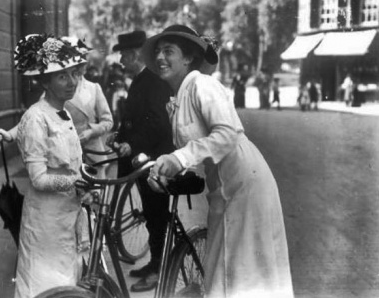
Technical: This photograph has been taken using natural lighting with a more wide angle lens. It has a short depth of field which creates a slightly blurred background bringing the focus to the two women in the foreground of the image.
Contextual: This photograph was probably taken in 1913-14 when Percival Dunham took most of his photos in jersey. In the image we can see Two women dressed up with big floral hats standing by their bicycles outside the Town Hall.
Visual: It is a black and white image with a high contrast helping to give the image life and character. The depth in the image helps to give it good 3D form with the details in the background helping to give context. The photo has an interesting composition with the subjects taking up 2/3of the frame which helps it look less stage and adds to the candid style.





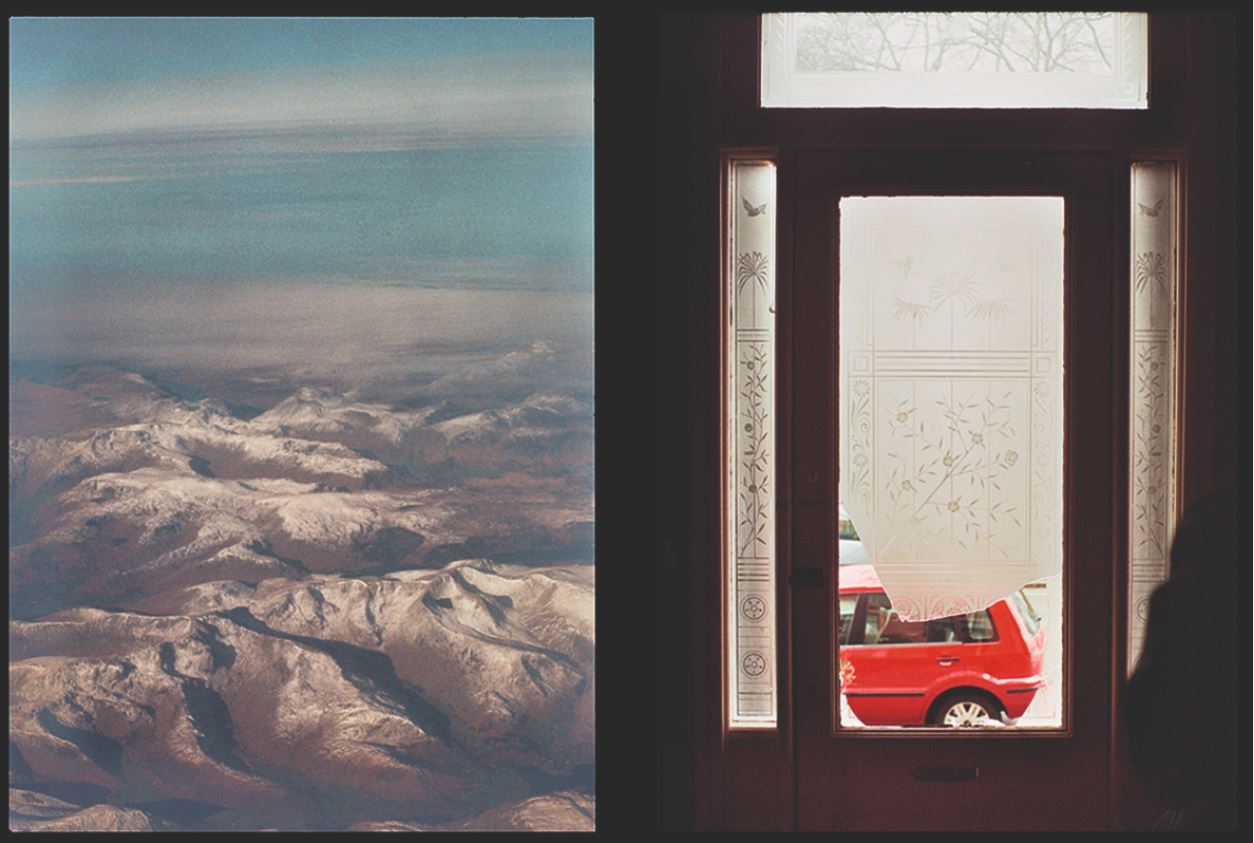


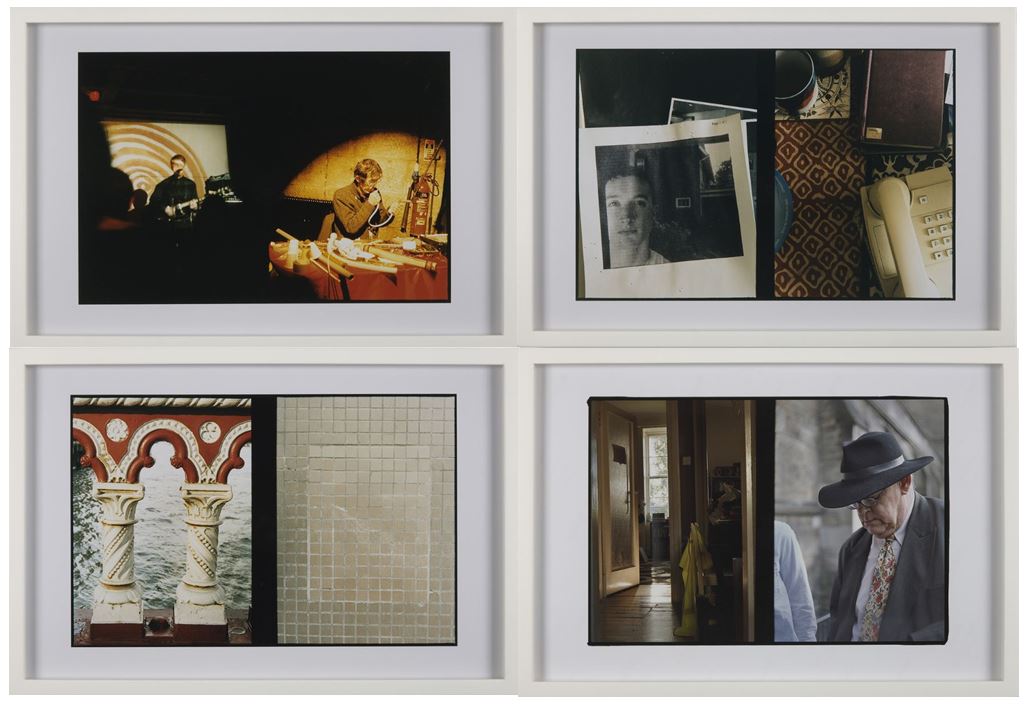
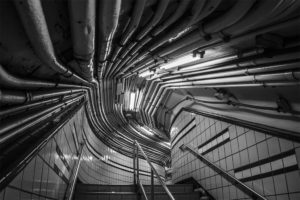 Idea 2:forming old and new buildings collaged into one image,for this I will connect my second photoshoot of modern buildings not in my given section and combine with older more historically significant architecture. This old and new vs development can present the beauty on both sides but also the inner most need for a revamp and mordenistaion on the insides of buildings. I can use collage,reflection or editing techniques in order to successfully accomplish this.
Idea 2:forming old and new buildings collaged into one image,for this I will connect my second photoshoot of modern buildings not in my given section and combine with older more historically significant architecture. This old and new vs development can present the beauty on both sides but also the inner most need for a revamp and mordenistaion on the insides of buildings. I can use collage,reflection or editing techniques in order to successfully accomplish this.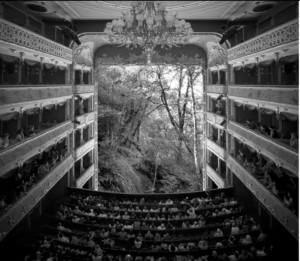
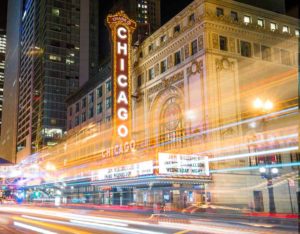
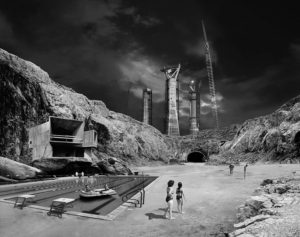



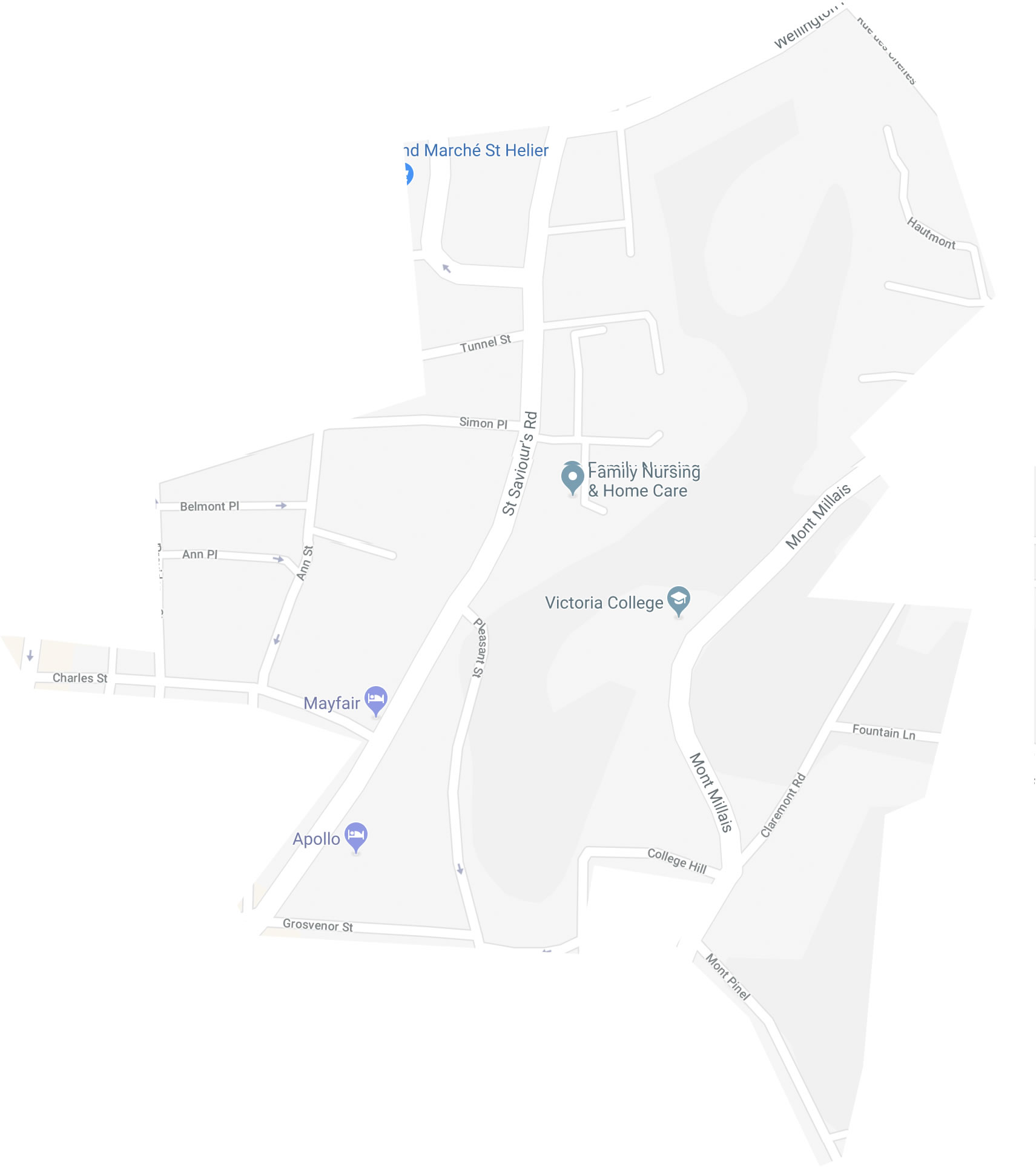
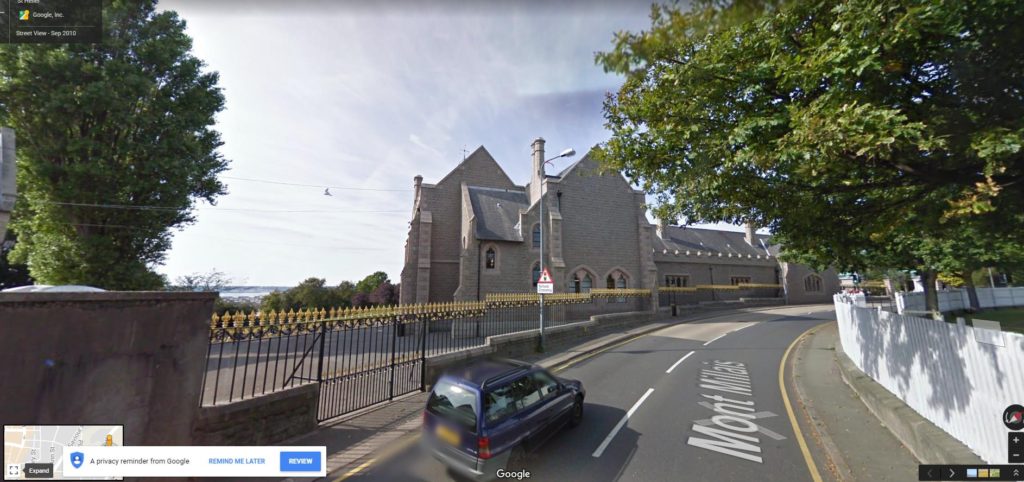

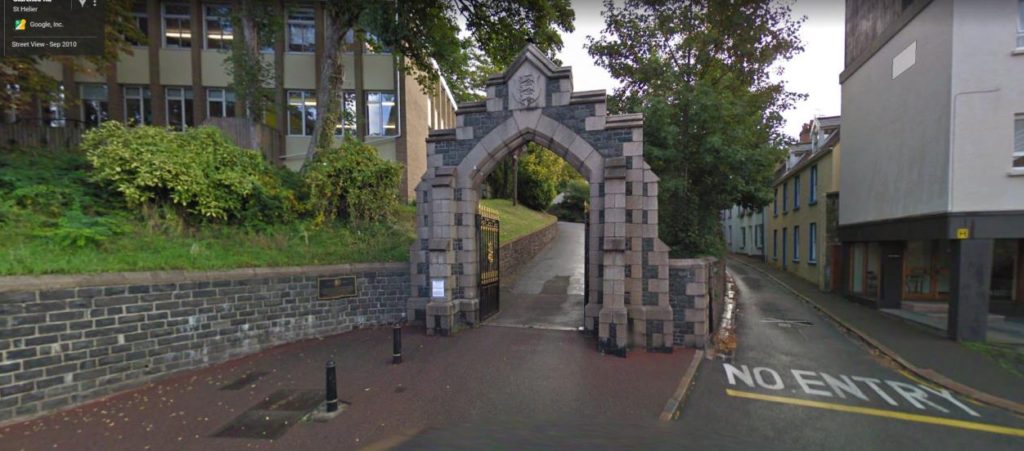
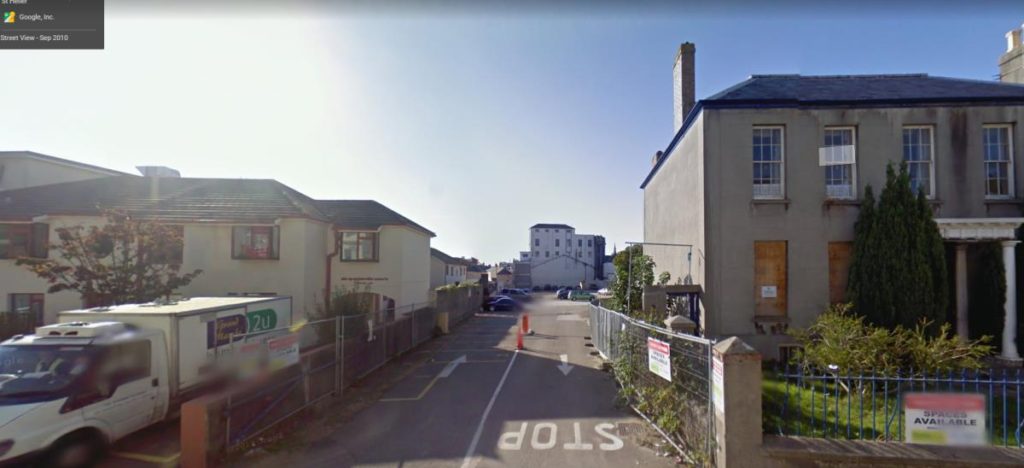
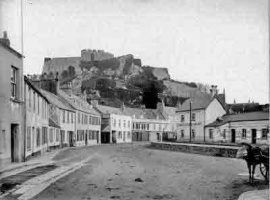




/arc-anglerfish-arc2-prod-jerseyeveningpost-mna.s3.amazonaws.com/public/F4MJX5P3TVHSBMYL7ZBG3INPHY.jpg)
 There is a current MasterPlan for the Northside of the town to be re-developed to make the area more appealing and up to date with the current economy, this can be seen in the link below:
There is a current MasterPlan for the Northside of the town to be re-developed to make the area more appealing and up to date with the current economy, this can be seen in the link below: 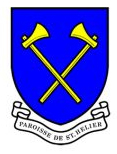 St Helier consists of 33,500 people, roughly 34.2% of the total population of Jersey whilst being the capital of the island, with a reclaimed area from the sea being 494 acres. The mostly urban area includes much of the activities available for people, with a quickly growing finance sector taking up a 44% growth in 2017, thousands of jobs are becoming accessible to more and more people, making it a vital part of Jersey’s future development.
St Helier consists of 33,500 people, roughly 34.2% of the total population of Jersey whilst being the capital of the island, with a reclaimed area from the sea being 494 acres. The mostly urban area includes much of the activities available for people, with a quickly growing finance sector taking up a 44% growth in 2017, thousands of jobs are becoming accessible to more and more people, making it a vital part of Jersey’s future development.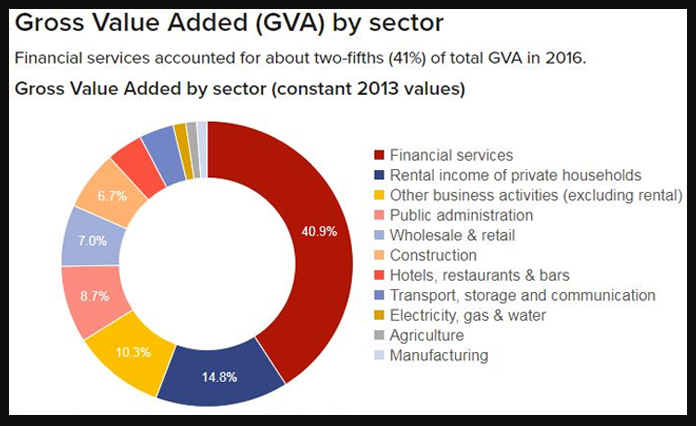 At the moment St Helier is the center of Jersey’s activities regarding tourism, finance and leisure which is evident through cinemas, operas, beaches, finance buildings etc. However I think that we need to see a greater development in the progress of the style of buildings, for example an increase in higher rising, more modern looking buildings would allow for more space for other areas to really develop such as cafes and shops due to a greater space, whilst at the same time creating an impression of a town borderline city feel. However I do feel like there is a lack of community within St Helier that can be seen in areas like Cheap Side, as I don’t think there is enough events and areas that would support this and bring the community closer as a whole, to do this cultural festivities could be introduced that would allow for this support whilst being an introduction for many people into a small insight to other ethnicity’s culture. I found that St Helier had a rather weird contrast between buildings, with many portraying an old style of architecture whilst others inhabited a more modern approach. This in my opinion is stopping the town from becoming attractive to those who live in it, as there seems to be no real structure or design to the area, rather just different designs dotting up around the place.
At the moment St Helier is the center of Jersey’s activities regarding tourism, finance and leisure which is evident through cinemas, operas, beaches, finance buildings etc. However I think that we need to see a greater development in the progress of the style of buildings, for example an increase in higher rising, more modern looking buildings would allow for more space for other areas to really develop such as cafes and shops due to a greater space, whilst at the same time creating an impression of a town borderline city feel. However I do feel like there is a lack of community within St Helier that can be seen in areas like Cheap Side, as I don’t think there is enough events and areas that would support this and bring the community closer as a whole, to do this cultural festivities could be introduced that would allow for this support whilst being an introduction for many people into a small insight to other ethnicity’s culture. I found that St Helier had a rather weird contrast between buildings, with many portraying an old style of architecture whilst others inhabited a more modern approach. This in my opinion is stopping the town from becoming attractive to those who live in it, as there seems to be no real structure or design to the area, rather just different designs dotting up around the place.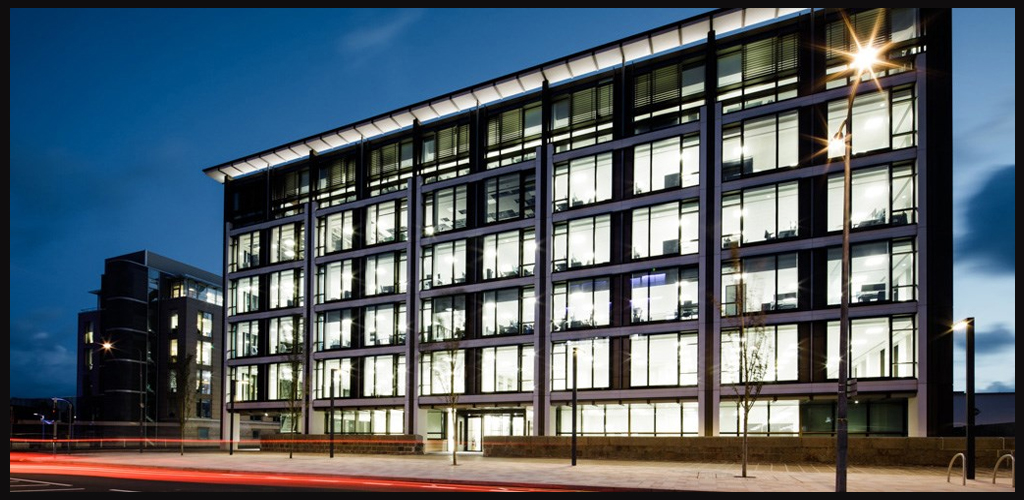
 For my shoot I would like to focus on the modernization of areas within Jersey, and the forms that they take up in comparison to the maybe more derelict areas. I think this stark comparison would allow for more abstract photography which would emphasize the differences between the modern and the old.
For my shoot I would like to focus on the modernization of areas within Jersey, and the forms that they take up in comparison to the maybe more derelict areas. I think this stark comparison would allow for more abstract photography which would emphasize the differences between the modern and the old.
